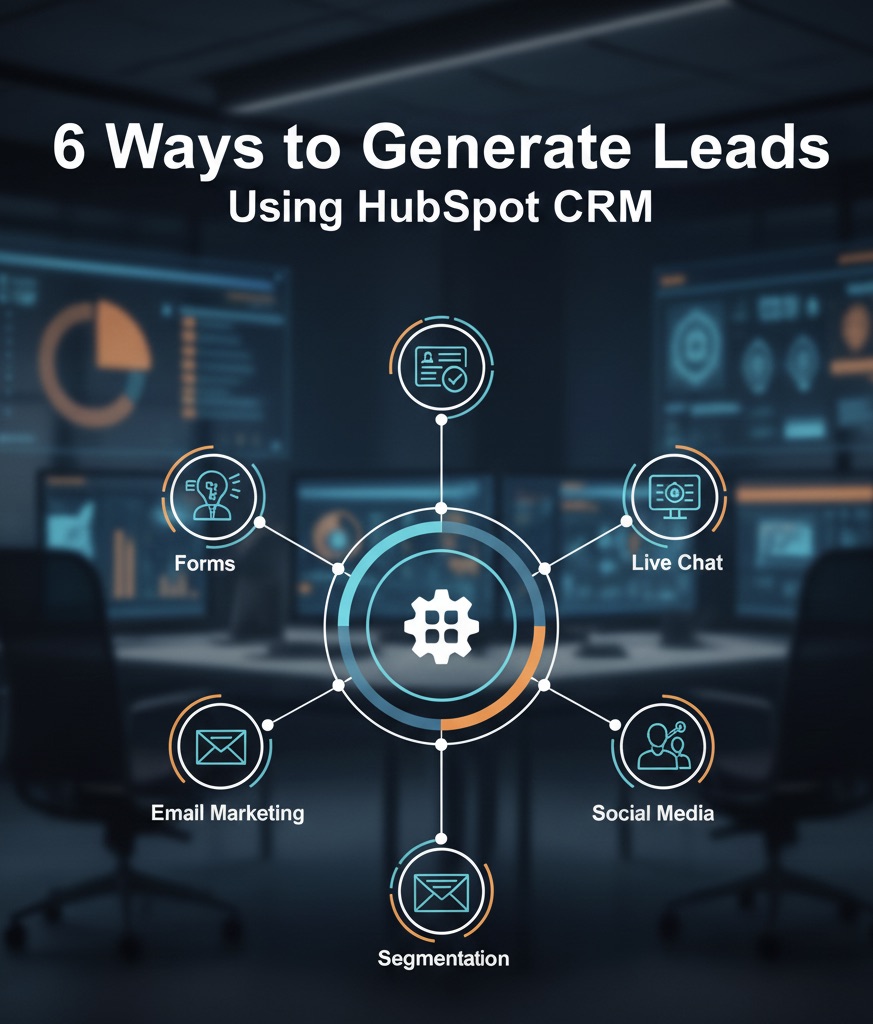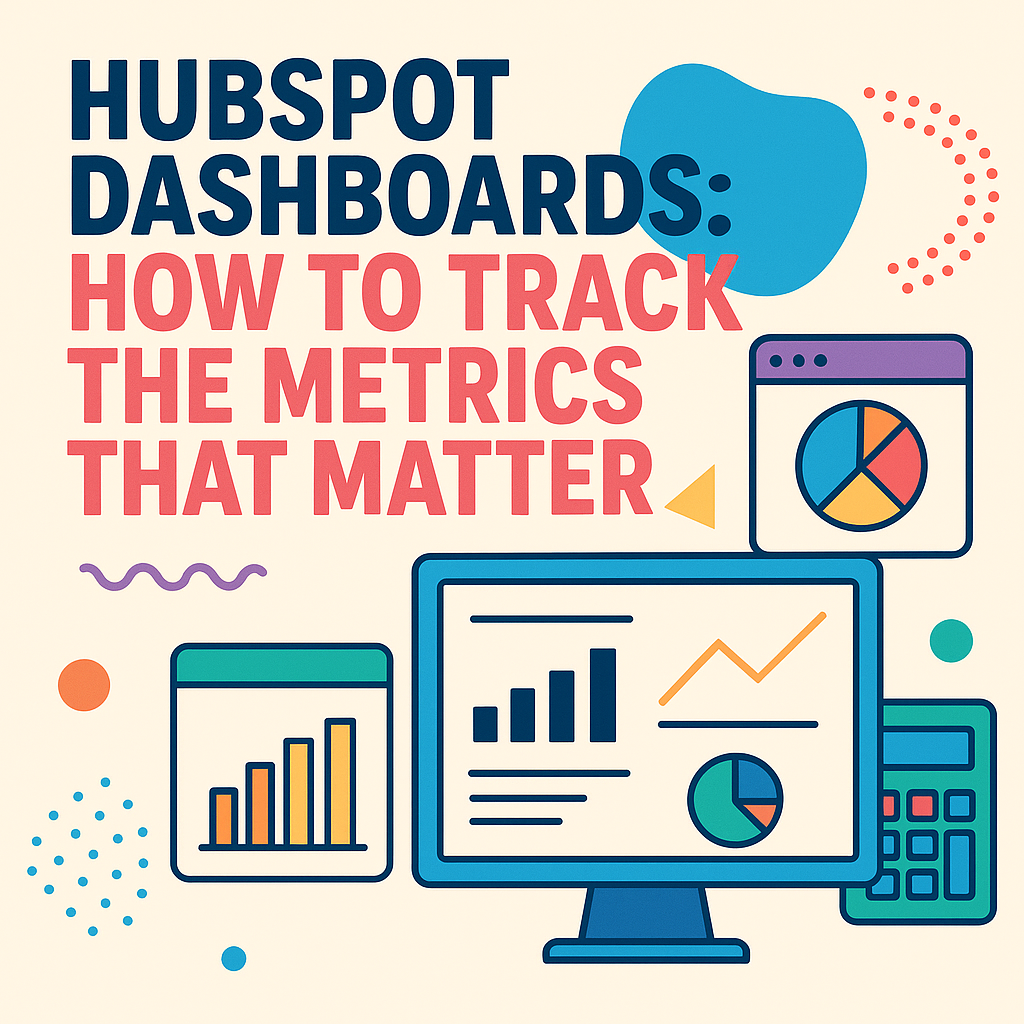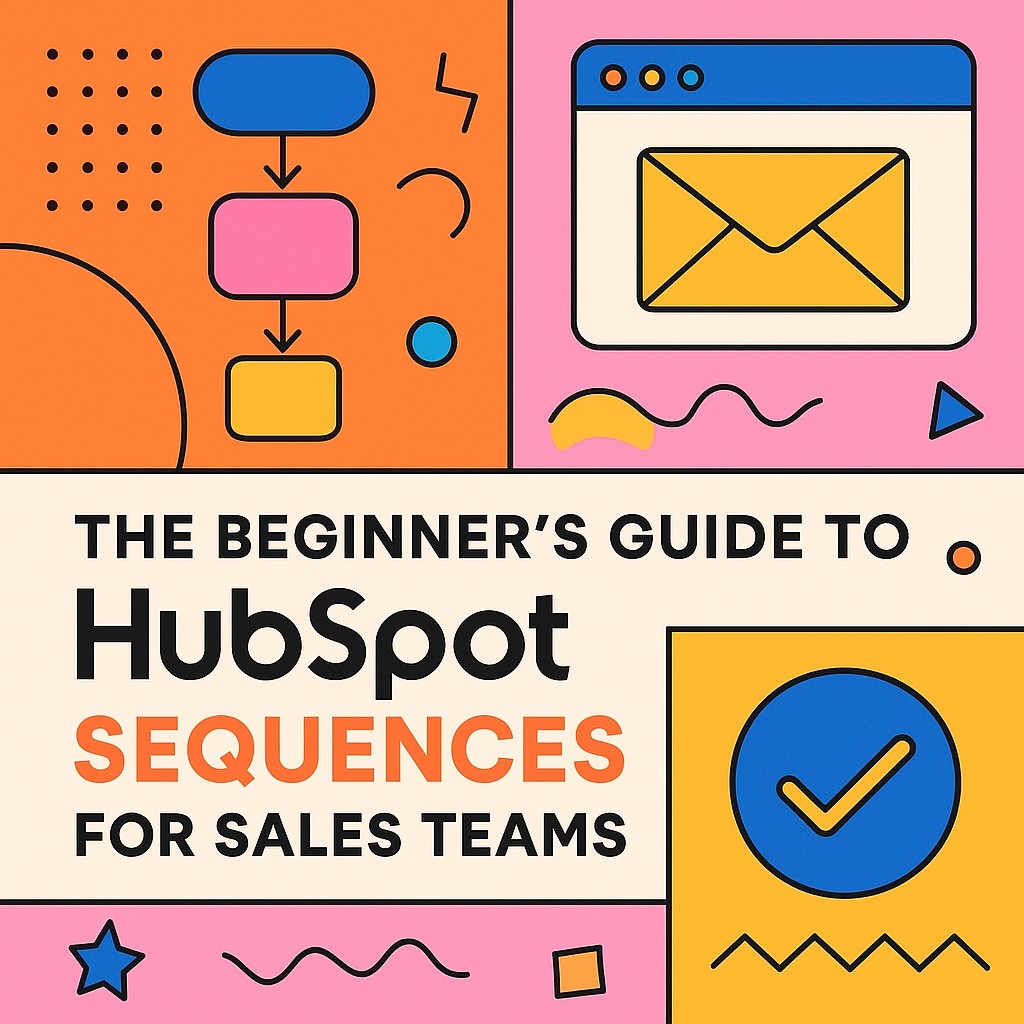
Setting Up Lifecycle Stages in HubSpot: What They Are and Why They Matter
Most businesses have leads at every stage of the customer journey, ranging from the first time someone visits your website, to marketing qualified leads (MQLs) who’ve shown interest, to sales qualified leads (SQLs) ready to talk with sales, to active opportunities in your pipeline, and finally, to loyal customers who keep coming back. Successfully moving leads through these stages is key to growing your business. However, if you’re not clearly tracking these lifecycle stages within your HubSpot CRM, you’re likely missing out on valuable opportunities to:- Personalize outreach
- Nurture leads properly
- Align marketing and sales
- Report accurately on funnel health
That’s where lifecycle stages come in.
In HubSpot, lifecycle stages let you define where a contact is in their journey and use that insight to automate, segment, and scale.
In this post, you’ll learn:
- What lifecycle stages are and how HubSpot uses them
- How to set them up correctly
- When and how to update them
- Why they’re critical to your marketing and sales funnel
- Best practices to avoid messy CRM data
What Are Lifecycle Stages?
Lifecycle stages in HubSpot describe the contact’s relationship to your business — from first touch to loyal advocate.
Here’s the standard set of lifecycle stages:
| Lifecycle Stage | Description |
|---|---|
| Subscriber | Known contact who’s opted into communication (e.g., blog signup) |
| Lead | A contact who’s shown some interest (e.g., downloaded content) |
| Marketing Qualified Lead (MQL) | A lead deemed ready for marketing nurturing based on fit or engagement |
| Sales Qualified Lead (SQL) | A lead that sales has qualified as ready for a conversation |
| Opportunity | A contact associated with an open deal |
| Customer | Contact has made a purchase or signed a deal |
| Evangelist | A happy customer actively referring others |
| Other | A flexible catch-all stage for edge cases (e.g., vendors, partners) |
Lifecycle stages track progression — not interest alone. A contact moves through them, ideally in order.
How to Set Up Lifecycle Stages in HubSpot
Step 1: Understand the Property
In HubSpot, Lifecycle Stage is a default contact property.
You can view or edit it by:
- Going to a contact record
- Searching for the “Lifecycle Stage” field
- Manually updating it — or automating it via forms, workflows, or integrations
This field is readable and writable — but it doesn’t auto-update unless you set logic.
Step 2: Automate Stage Updates with Workflows
To prevent manual errors, use Workflows to update lifecycle stages based on:
Form submissions
- “Contact Us” = Lead
- “Request a Demo” = SQL
- “Free Trial Signup” = MQL
Lead scoring
- HubSpot score > 60 = MQL
- Score > 80 and visited pricing = SQL
Deal creation
- If a deal is created → change to Opportunity
Closed deal
- If deal = Closed-Won → change to Customer
Workflows ensure that lifecycle stage data is accurate, up to date, and actionable.
Step 3: Map Lifecycle Stages to Your Funnel
Customize when each stage gets triggered:
| Stage | Example Trigger |
| Subscriber | Blog signup form |
| Lead | Downloaded guide or checklist |
| MQL | Engaged lead from email or webinar |
| SQL | Contacted sales or booked a demo |
| Opportunity | Associated with a pipeline deal |
| Customer | Closed-Won deal |
| Evangelist | Completed NPS survey + 9 or 10 score |
Every business is different — so define your lifecycle logic with both marketing and sales leadership.
Why Lifecycle Stages Matter
01.
Lead Nurturing Automation
You can send personalized email campaigns based on lifecycle stage:
- MQLs get case studies
- SQLs get demo offers
- Customers get onboarding guides
- Evangelists get referral invites
02.
Sales & Marketing Alignment
Marketing can focus on generating MQLs. Sales can focus on SQLs and opportunities. Everyone speaks the same language.
03.
Reporting
Use lifecycle data to:
- Track conversion rates by stage
- Forecast deal flow
- Measure campaign impact on each stage
- Spot drop-off points in your funnel
04.
Segmentation
Create smart lists based on lifecycle:
- “All current MQLs in SaaS”
- “SQLs from LinkedIn Ads”
- “Customers who haven’t engaged in 90 days”
Common Mistakes to Avoid
- Not updating lifecycle stages automatically (leads get stuck)
- Treating every contact as a lead (no segmentation)
- Confusing lifecycle stage with lead status (they’re not the same!)
- Skipping stages or skipping documentation
Lifecycle = relationship status. Lead Status = sales process progress.
Bonus Tip: Sync Lifecycle Stage Across Objects
If you’re using companies, deals, or custom objects, use workflows to sync lifecycle stages from
- Contact → Company
- Contact → Deal (and vice versa)
This creates consistency in how accounts are handled and measured.
Final Thoughts
Lifecycle stages are the backbone of your HubSpot CRM strategy.
They help you:
- Align your team
- Trigger the right campaigns
- Clean your data
- Measure what matters
The best part? Once it’s set up properly, it runs in the background giving your marketing and sales engine the structure it needs to grow.

Need help setting up lifecycle stages the right way?
We help B2B teams:
- Define clear lifecycle logic
- Automate updates across the funnel
- Align marketing and sales reporting
You might also like
6 Ways to generate Leads using Hubspot CRM
Top Strategies for Generating Leads with HubSpot CRM A steady pipeline starts with the right systems in place. HubSpot CRM empowers your business with a comprehensive suite of tools designed to attract visitors, seamlessly convert them into...
HubSpot Dashboards: How to Track the Metrics That Matter
Introduction You can’t grow what you don’t measure. However, when you’re juggling dozens of detailed reports, managing thousands of contacts, and orchestrating multiple campaigns simultaneously, navigating through all that information can quickly...
The Beginner’s Guide to HubSpot Sequences for Sales Teams
Introduction Sales teams are always looking for easier ways to impress prospects, stay on top of follow-ups, and close deals faster. But when your inbox is overflowing and your to-do list never seems to end, keeping up with everyone can feel almost...







Leave a reply